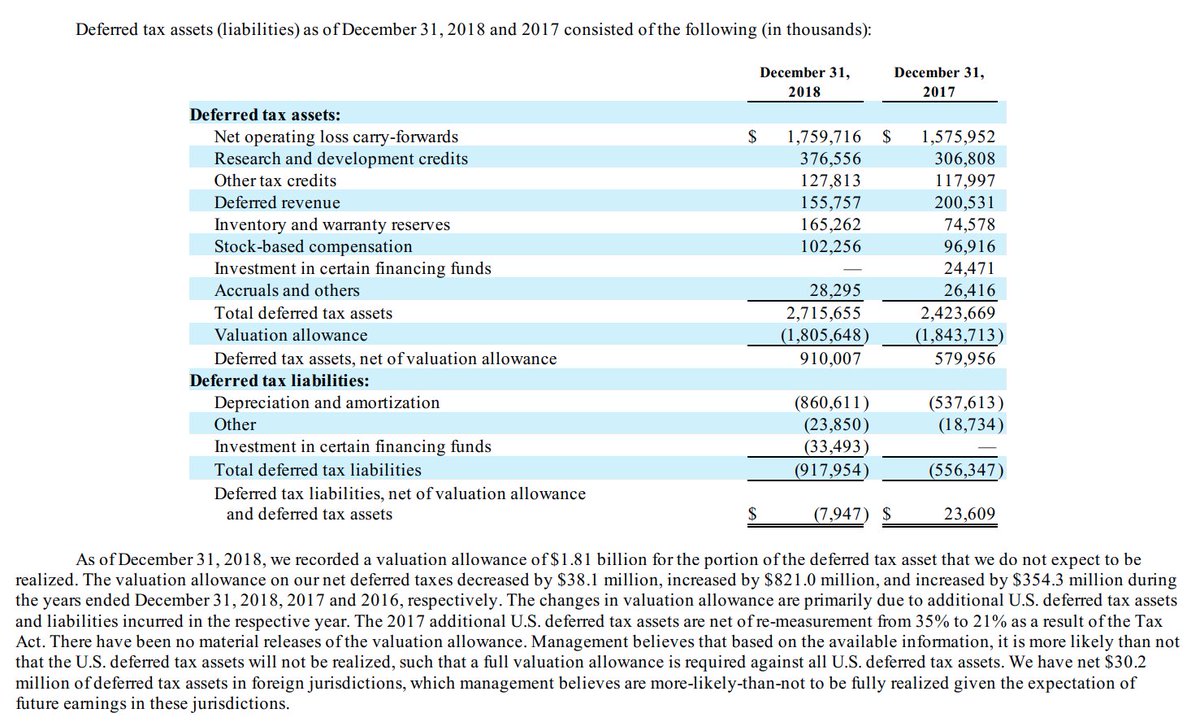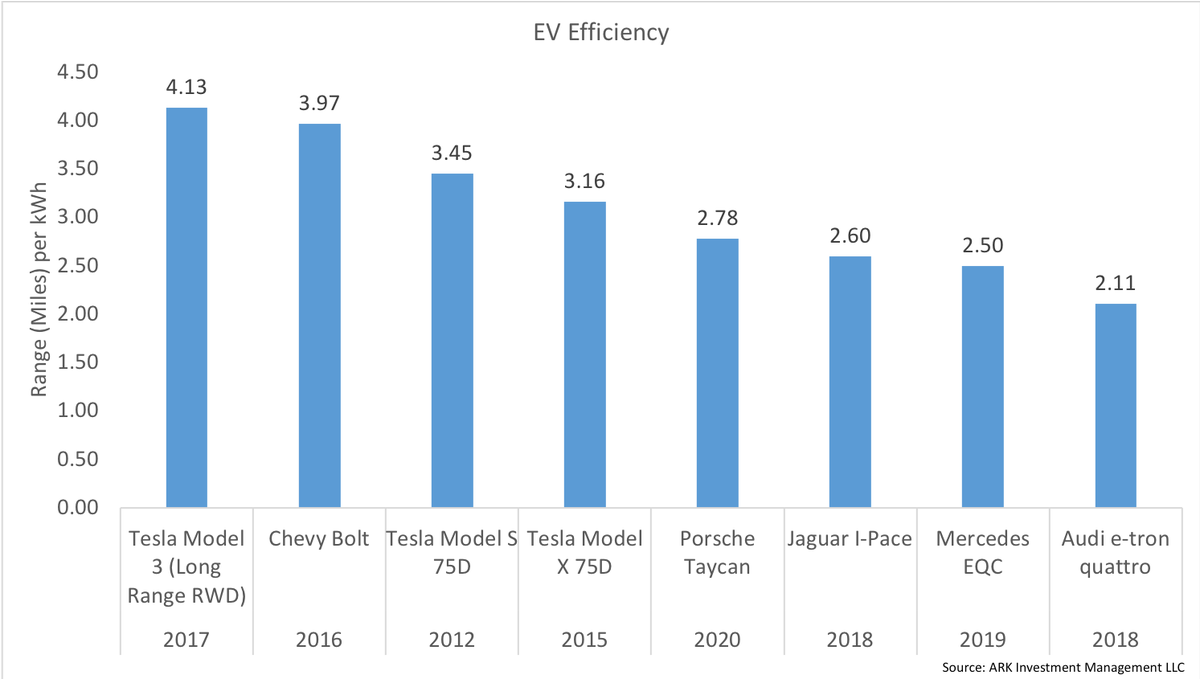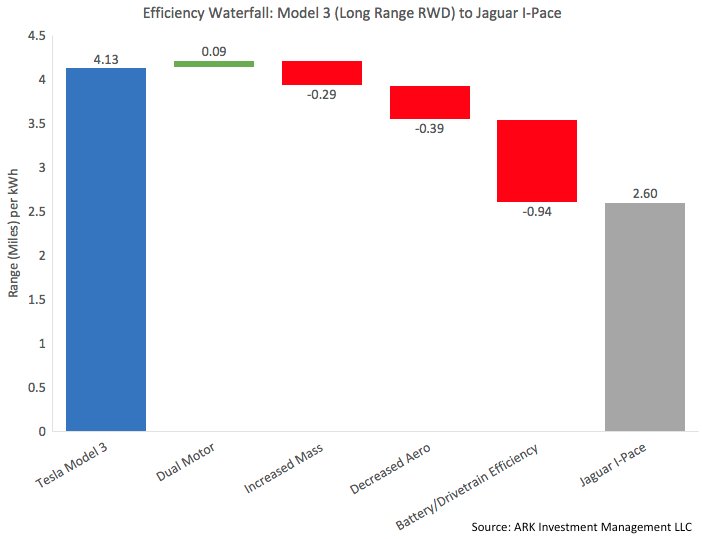Thoughts on what $TSLA will announce on battery day in April & how Tesla’s future battery strategy will come together:
A) Use cell supply from Panasonic/LG/CATL to bridge to ramp of in-house cell production (possibly towards ~90GWh contracted from these three suppliers).
B) Announce that in-house cell production has just started (Apr-20) on a small scale (likely for Semi or Plaid Model S), with plans to ramp significantly in 2021 (potentially for all future new capacity from 2021).
C) Announce a roadmap to reach 2TWh of annual in-house battery cell+module+pack production capacity by 2030. Enough for ~20 million annual EV sales and ~750GWH annual stationary battery storage sales.
Possible relatively short term technology breakthroughs:
A) Tesla will apply agile development to its in-house cell manufacturing as it does everything else - so flexibility for rapid upgrades and iterations of the process to accelerate cost experience curves.
B) Use Maxwell dry electrode tech to reduce manufacturing cost and footprint.
C) Maxwell dry electrode tech leads to better physical properties, in particular allowing thicker cathodes (higher cathode % per cell) & possibly new chemistries.
D) Move to use of single crystal cathodes - possibly helped by Maxwell process/other in-house R&D. This was a big part of the 1 million mile cells tested by Dahn.
E) Use very carefully selected electrolyte additives following Dahn research.
F) Highly automated manufacturing process to reduce staffing bottlenecks to production ramp.
G) Tesla Hibar designs systems for electrolyte insertion during the cell manufacturing process.
J) Next generation in-house module/pack lines for continued reduced cost & capex.
K) Build a huge factory to build in-house cell/pack manufacturing equipment at scale (the machine that builds the machine that builds the machine) - significantly reducing capex per GWh capacity
Possible Longer term breakthroughs:
A) Integrated cell & pack design & manufacturing process to reduce footprint & cost.
B) Dahn lithium metal anode allows for much thinner anode, higher energy density & longer electrode life (at the expense of shorter electrolyte life).
C) Replaceable electrolyte design to extend lithium metal anode battery life. Develop Hibar machines for easy electrolyte replacement in service centres.
D) Dahn research is used to eliminate cobalt from the cathode leaving just Nickel Aluminium or Nickel Manganese.
Note these are all just possibilities (based on acquisitions, press leaks, published scientific papers, patents & speculation):
These various steps & incremental improvements may or may not be introduced once they have been proven ready for affordable mass manufacturing.
Some things I thing would help accelerate and de-risk Tesla’s battery cell ramp plans:
A) Buy Panasonic’s GF1 business for cell manufacturing employee experience (who can be used to train new employees on Tesla’s cell lines) and other cell IP.
B) Buy/build Cathode powder manufacturing expertise (currently Panasonic mostly uses Sumitomo). Cathode powder is likely ~20% premium to its raw material constituents & the process can be key to cell properties.
C) Buy Nickel Sulphate & lithium carbonate/hydroxide processor expertise - this will be a huge % of cell cost & Tesla’s plans require ~10x the current Nickel sulphate & Lithium market size…
...Tesla cannot trust & rely on third parties to deliver such critical components of its business plan, particularly when the metals market leaders do not believe in an EV transition as aggressive as Tesla is targeting.
E) Buy other suppliers in the cell manufacturing chain













